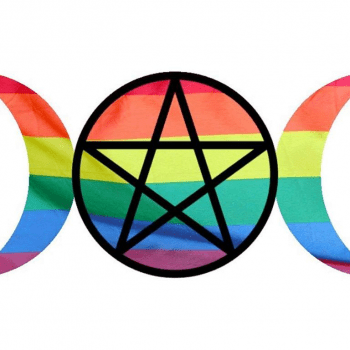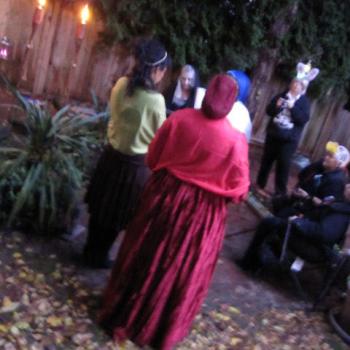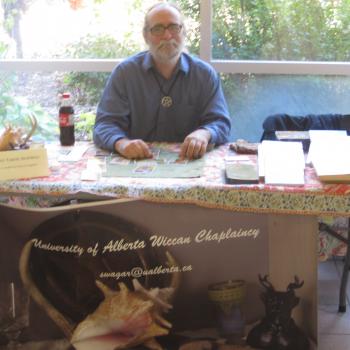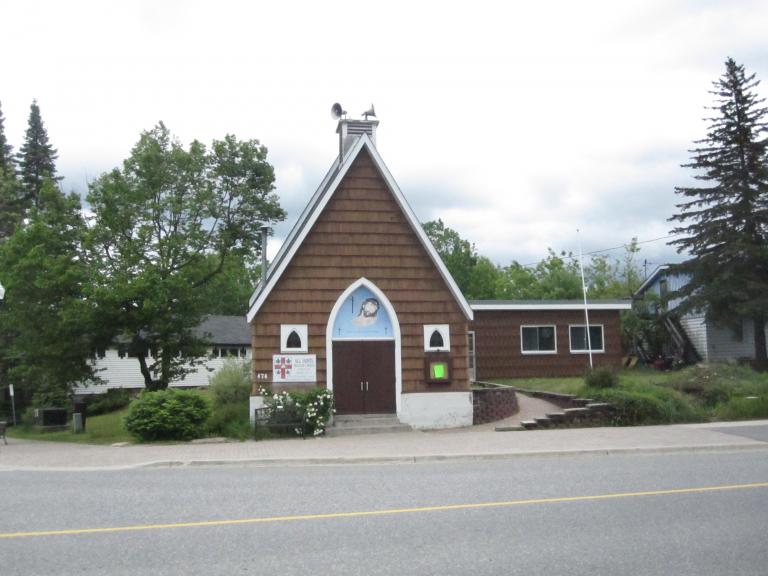
For many years I have followed a vision of a Wiccan movement centred on legal church bodies, that consciously seek out interested people and engage them in their activities, that serve the Gods and the community with no apologies for their beliefs and practices. The particular spiritual insights of Wicca and the kinds of actions and responsibilities assumed by us are valid and worthwhile completely regardless of whether they are like or unlike those of some other religion, and there is no need to justify them in the terms of any other religion.
I won’t diss institutions, as a founding member and Priest of a small church, but the vitality of a religion (or any other social structure) comes from the movement surrounding the institutions. When a back and forth exchange happens between the various institutions and the movement surrounding and sustaining them, both are healthy, when one or the other comes to be too dominant, both falter. Those involved in institutions tend to believe they own the religion or the movement, while those principally involved in the amorphous movement don’t see the value of social capital stored in long-lasting impersonal structures.
In the recent past there has been a great emphasis on the role of solitary practitioners of Wicca and on informal and “non-hierarchic” community groups as the main form of the movement. For a variety of reasons, covens are rare, and only a minority of Wiccan-identified Pagans belong to one. The neo-Pagan folk culture centred on open community rituals and on the music and art that has been produced for them is vibrant and lively. In the areas where a large neo-Pagan movement exists people only loosely connected can readily come together in community celebrations (if they can find them).
The weaknesses in this approach don’t appear until general foundation work is exhausted and people and groups want to do something more specific. Most groups are unwilling to change their structure when they change their task, so when people tire of lowest-common denominator, groups collapse. People in the movement have thoroughly accepted the idea of do-it-yourself without realizing its limits. Informal ritual and loose community events are used for purposes for which they are inadequate from belief that no other means could possibly be anything but oppressive. Informal groups aren’t very good for getting deeper into the spirit, developing theology and a way of life based on religion, nor nourishing leadership.
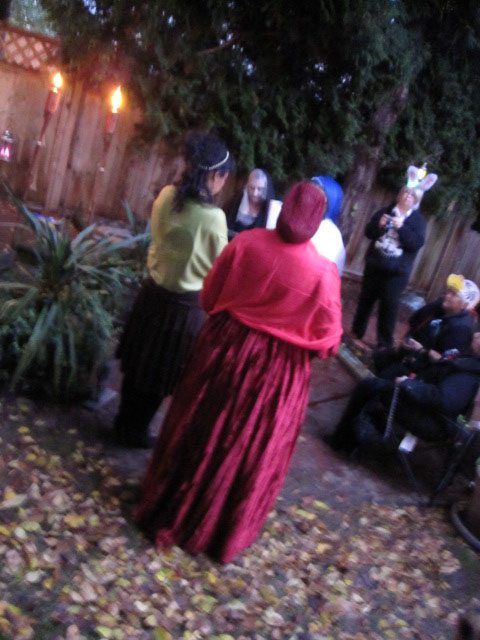
If our religious movement is to move beyond an elementary stage, it will have to disabuse itself of its prejudices about organization and structure. There is nothing inherently bad about either of these. By rejecting them out of hand because they are sometimes misused we deny ourselves necessary tools for further development.
For everyone to have the opportunity to be involved in a community group and to participate in its activities the authority must be explicit, not implicit. The rules of decision-making must be open and available to everyone, and this can only happen if they are formalised, and leadership must be transparent both in their training and in their responsibility to the group they lead. And groups must be public. Some public and semi-public groups led by Wiccan clergy, often involved in covens, have existed since at least the early 1970s, when Chicago’s Pagan Way group was founded to “create a Pagan society” and “to build our temples in the towns…”
Developing methods of Temple organization and leadership growth from a Wiccan foundation must include adapting ideas from other sources, filtered through our theology, needs and sensibility. Frankly, the methods that we have used (to the extent that any word as systematic as “method” is appropriate) have been ineffective.
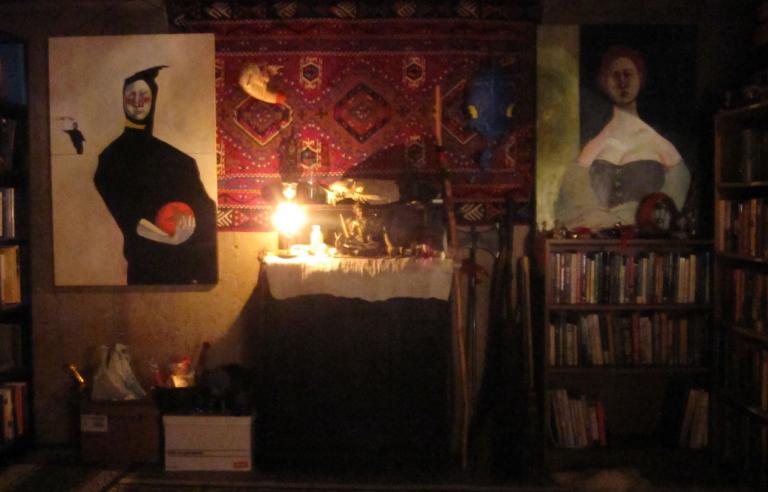
Those Temples which exist in the Wiccan communities (Temples meaning bodies whose rites and services are available to the general public), have principally functioned as Outer Court student groups and recruitment pools of covens or as private projects of individuals. They do not necessarily reflect the needs or priorities of the communities that they serve because they are not rooted there, nor formally responsible to them nor even to the people who participate in and support their activities financially or with their labour. Leadership is frequently inconsistent in training, with great gaping holes in skills, inadequate theological and organizational understanding, chosen by friendship or affiliation to the founders of the project instead of by rational spiritual and leadership criteria.
This hobbyist model is limited by the enthusiasm and resources of the group founders. Groups do not plan to transition to new leaders when the interest of the founder flags so mentorship is ad-hoc and inconsistent. Long range planning is absent, planning and record keeping of any sort is minimal. Temples are run as hobbies, not as serious religious bodies and organizations. They are not a good foundation to a religious movement or community. “Teachers” we don’t need; clergy and congregations we very definitely do. And good intentions, which the great majority of New Age ‘teachers’ and Wiccan spiritual hobbyists possess, and some genuine charisma and spiritual insight, are not enough, by themselves, to create healthy and effective clergy and viable congregations. Some organizational thought and planning are needed for that.
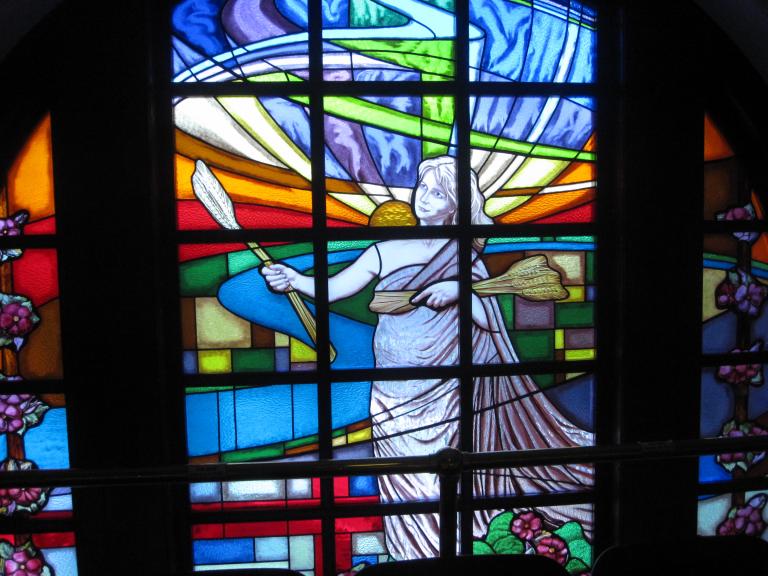
That the great majority of Wiccans do not worship in groups and that very few of them have much connection to a religious community demonstrates the ineffectuality of these organizational and leadership choices in building our religion. The dodge of saying that a religion can be, or even should be, built on the basis of unconnected “solitaries” whose only community is through the books they read and spiritual products that they consume will not be entertained here – the abdication of responsibility for leadership by Pagan and Wiccan Priestesses and Priests is what really is masked by that dodge.
The Gods deserve more than “I Read A Book” instant Priestesses who, although they may be sincere, simply don’t know what they’re doing or where to go to find out how to do it better. These people, and the solitary would-be-Wiccans, also deserve the opportunity to develop their religious understanding and to deepen their connection if they wish to.
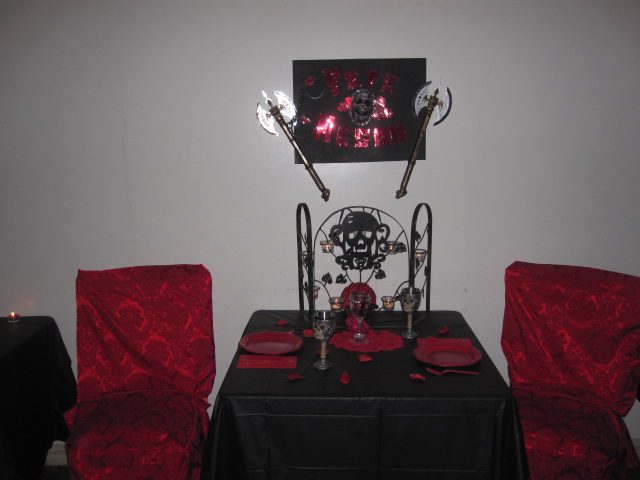
The established communities of Pagans and Wiccans are full of factions and would-be leaders, ancient and frozen feuds, and distinctions based on personality conflicts rather than genuine theological or organizational differences. These factions are also audience and client cults centred on services provided by charismatic individuals, fundamentally flawed by New Age dislike of rigor and by puerile anti-authoritarianism. It is important that any serious Temple movement principally look outside of the established Pagan communities for potential leaders and members, and also consider carefully the experiences and insights of other religions and their organizations – not everything can or should be adopted holus-bolus or rejected out-of-hand, but church-planting is the same thing as Temple forming and clergy fulfill similar roles in most religions and so on.
For the next few weeks, I am going to write about how I founded a legal church that now has temples in three Canadian provinces, and which is controlled by the membership, not by me. I’m interested in passing along some nuts and bolts and suggesting some reading material as well. Legalities differ from place to place but key points of organization remain the same.
http://admin.patheos.com/blogs/translatingworlds/2018/05/building-a-body-of-lore-part-five/




